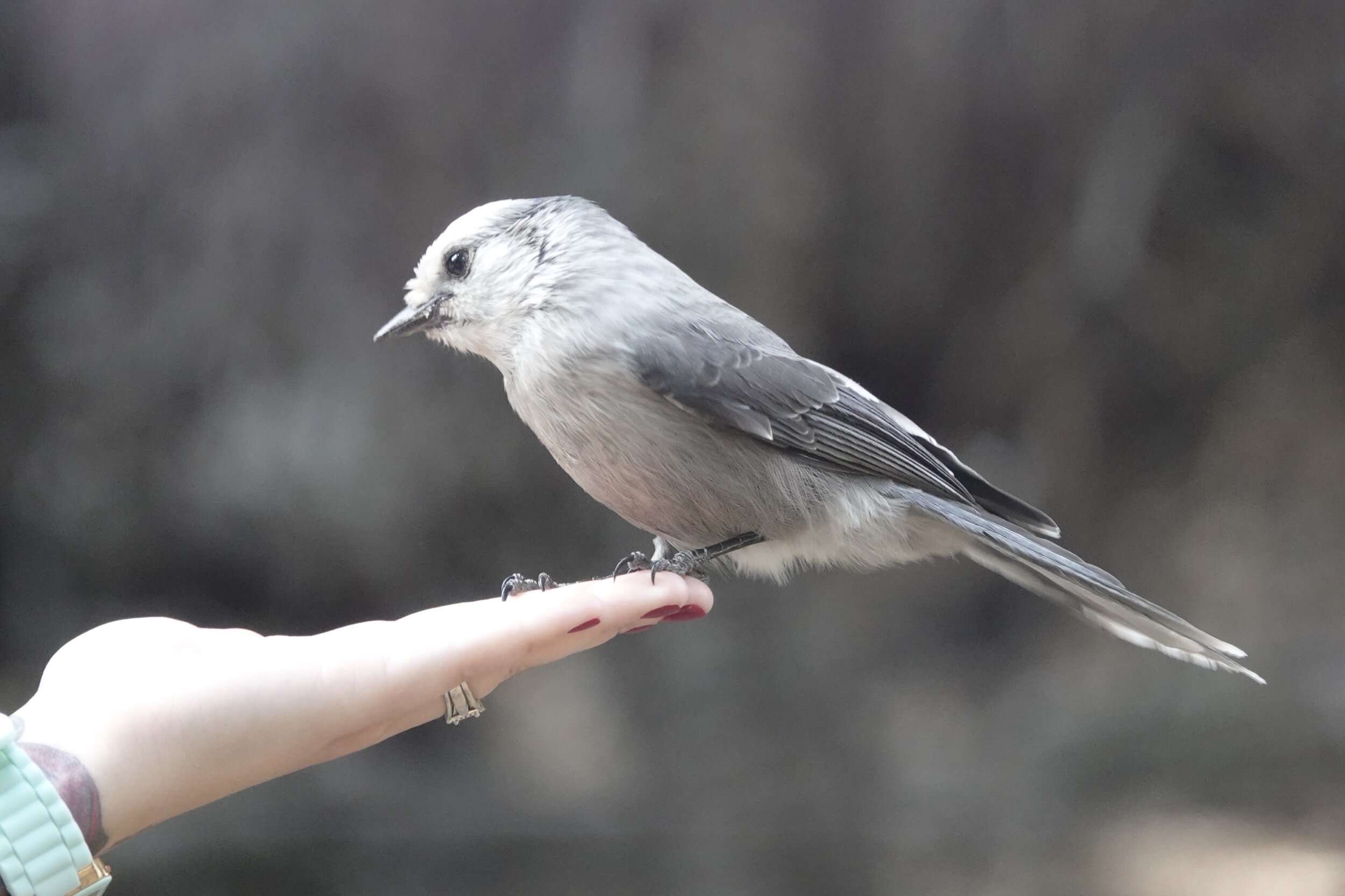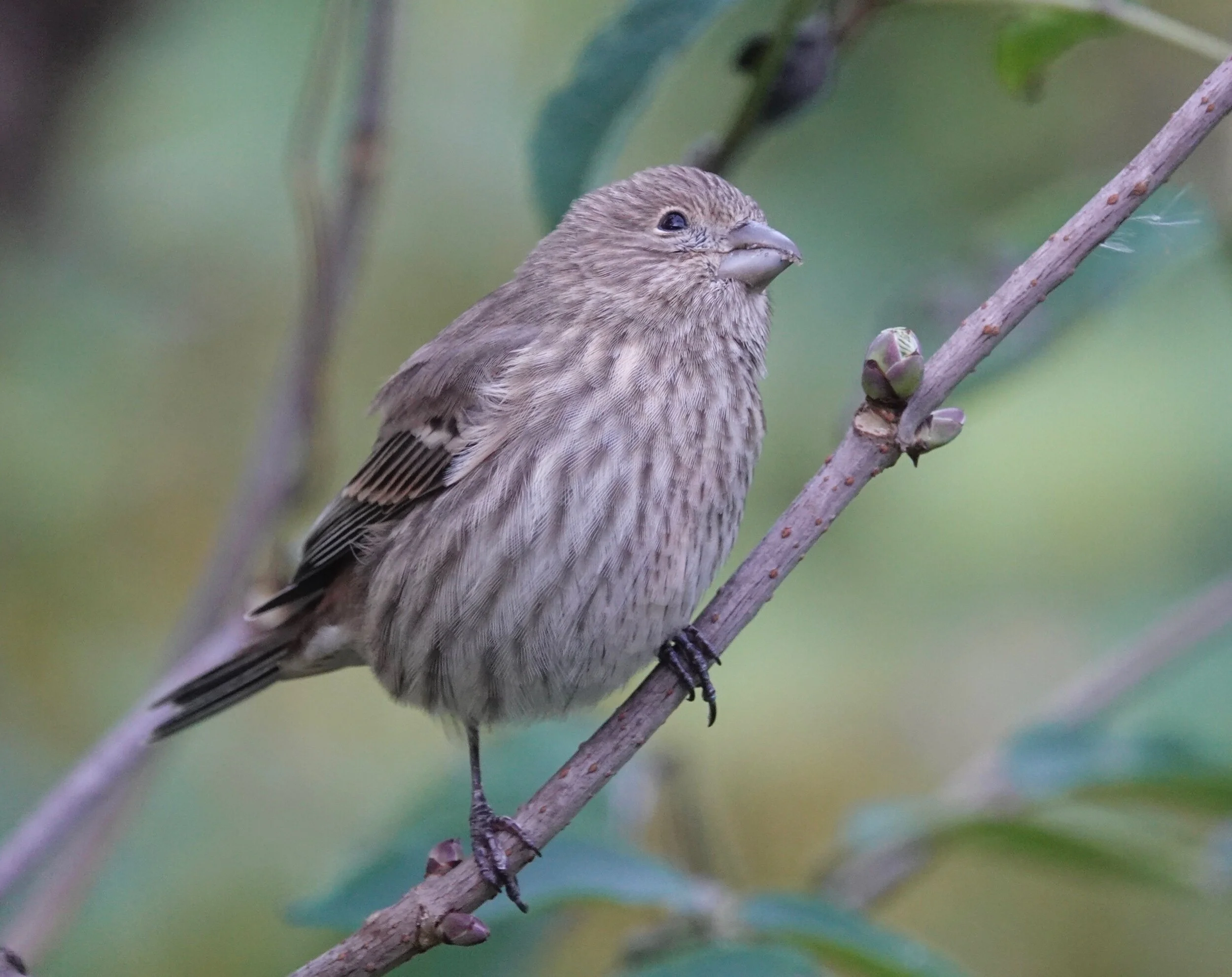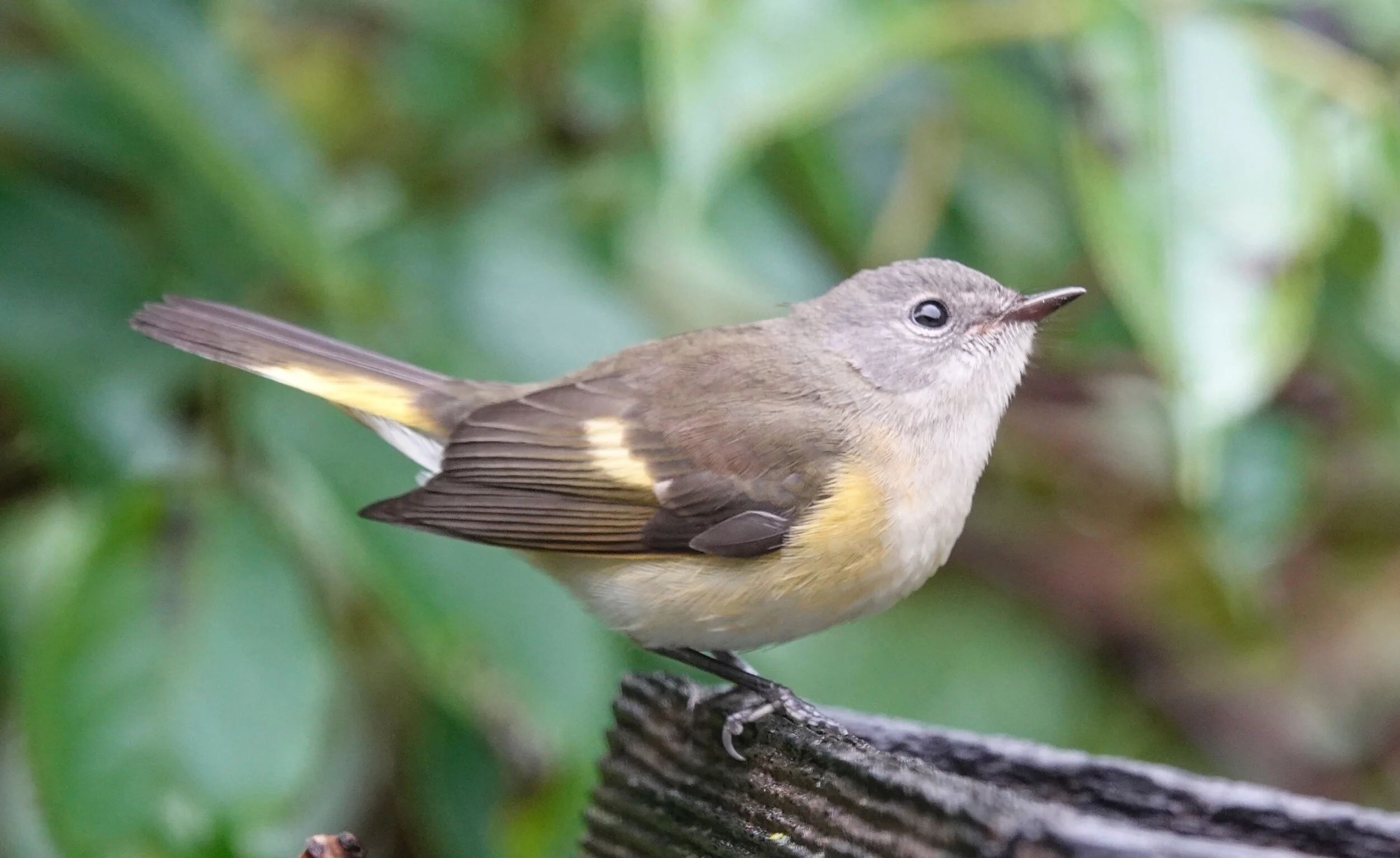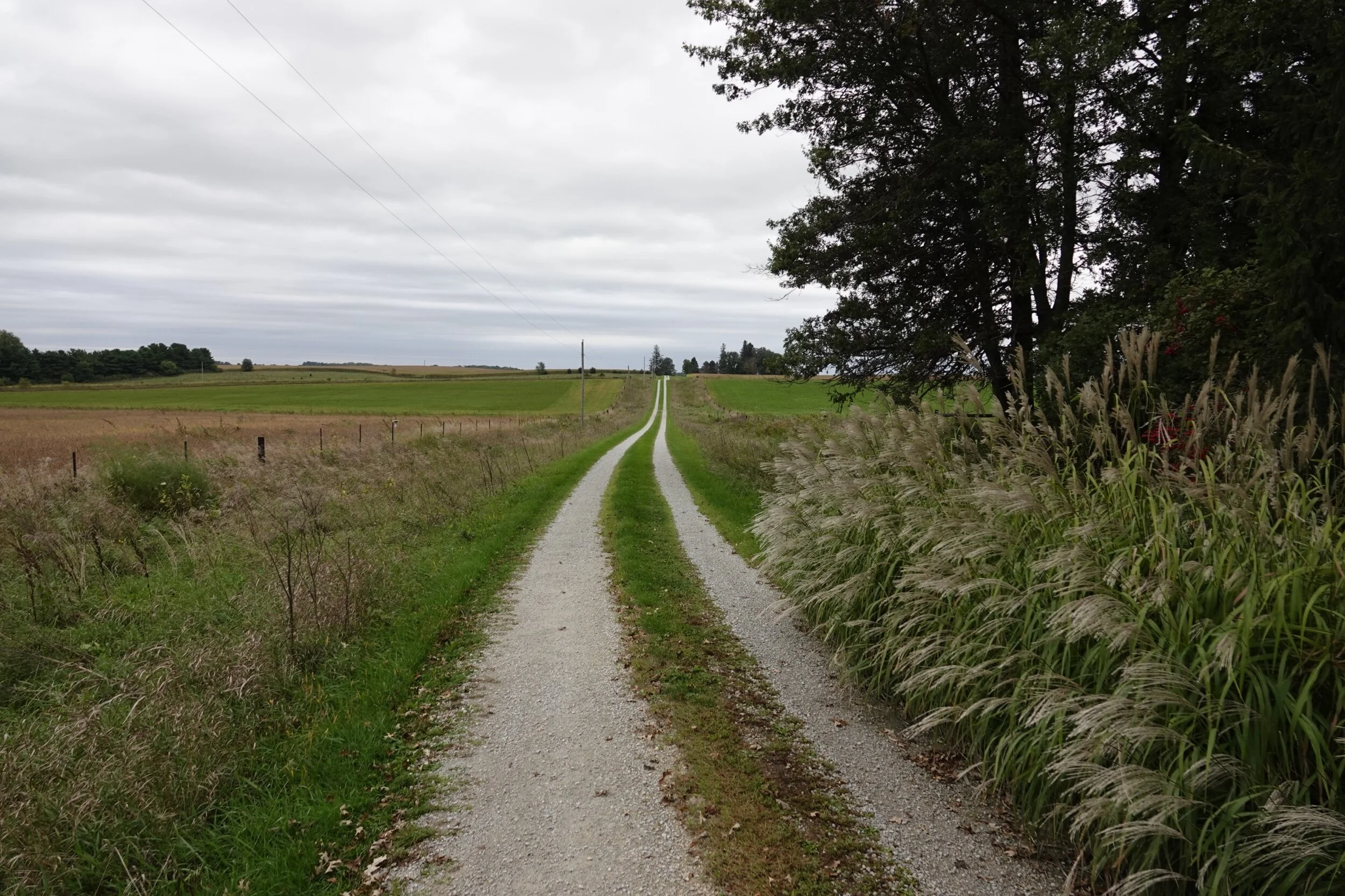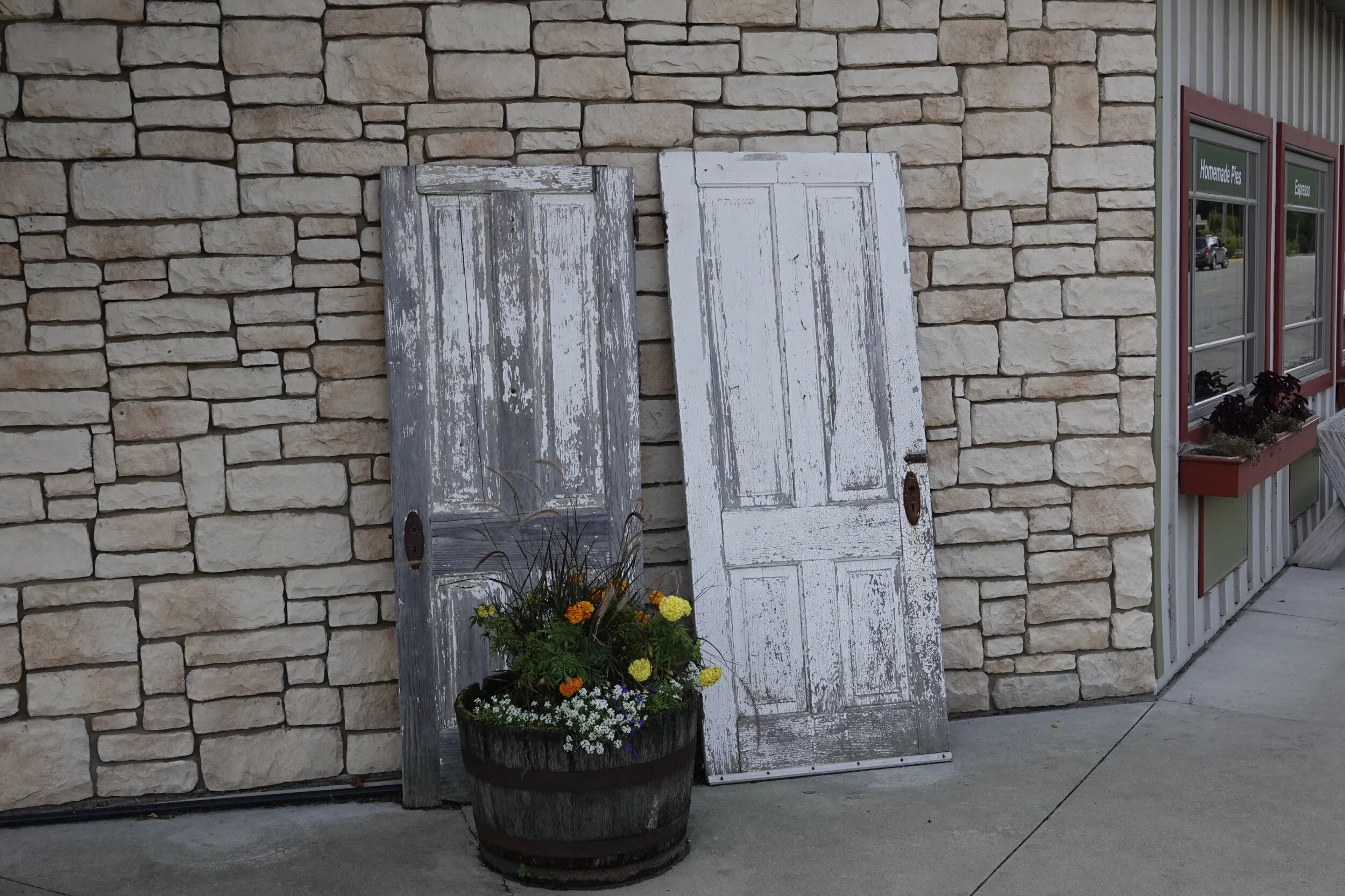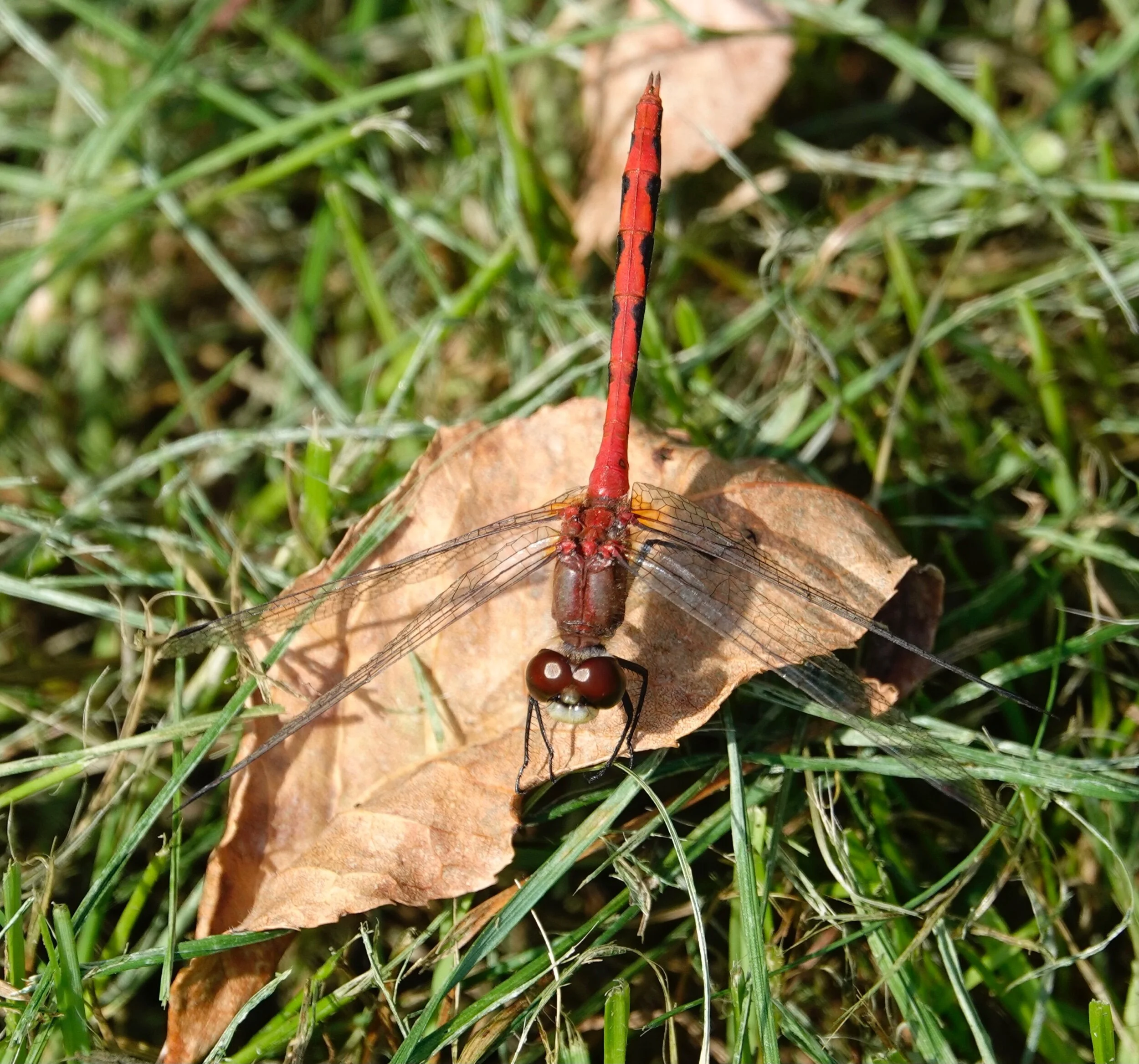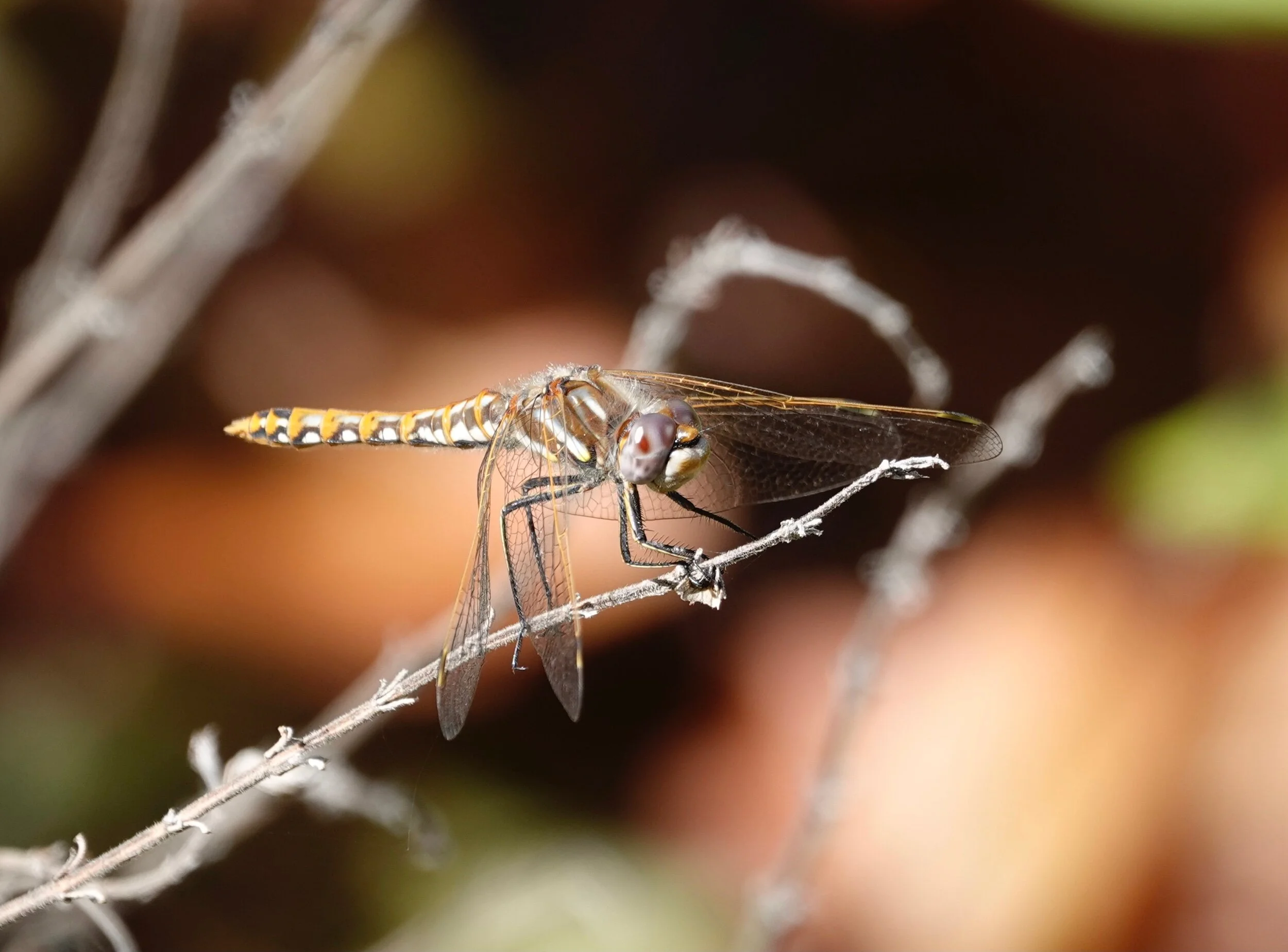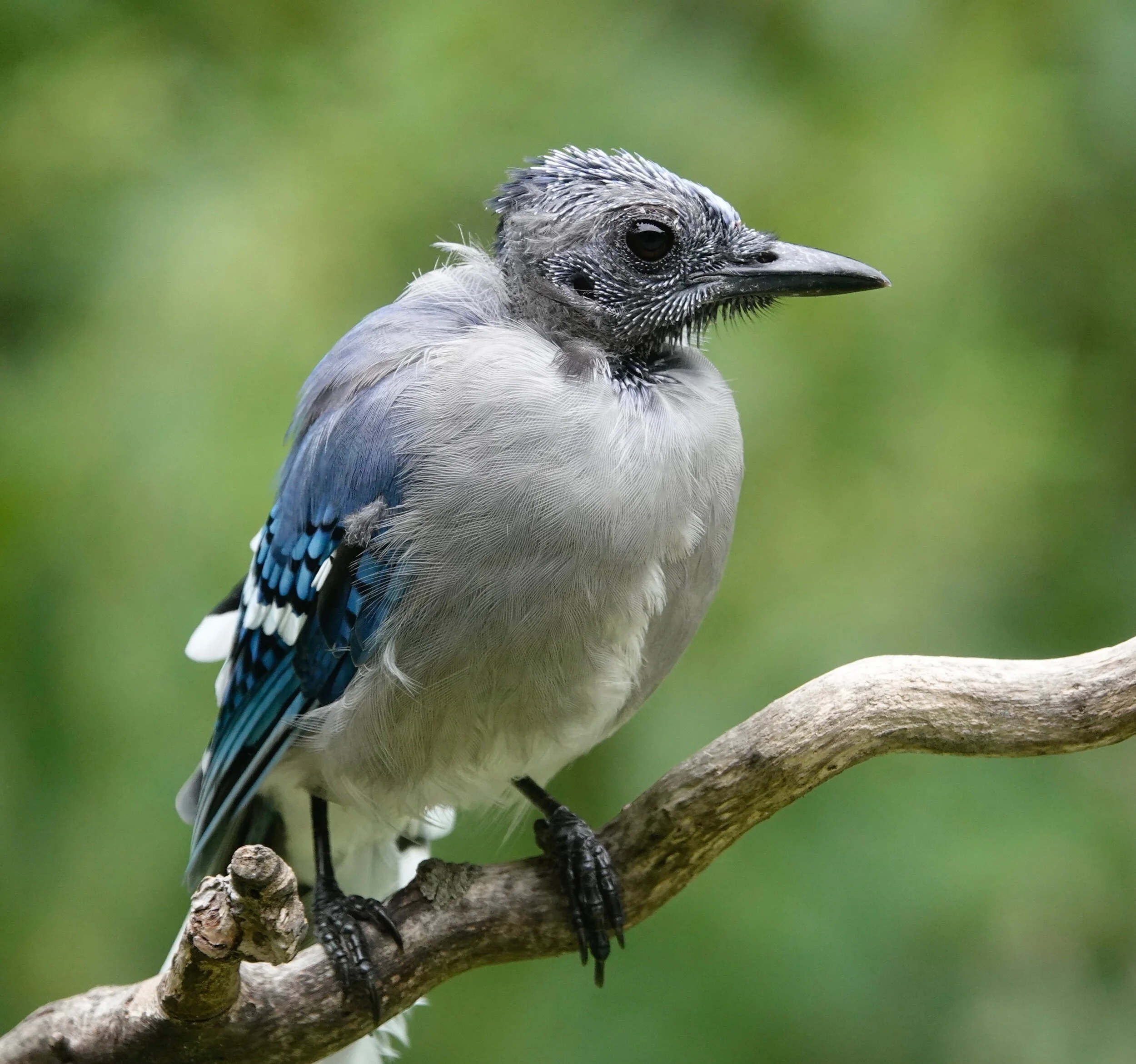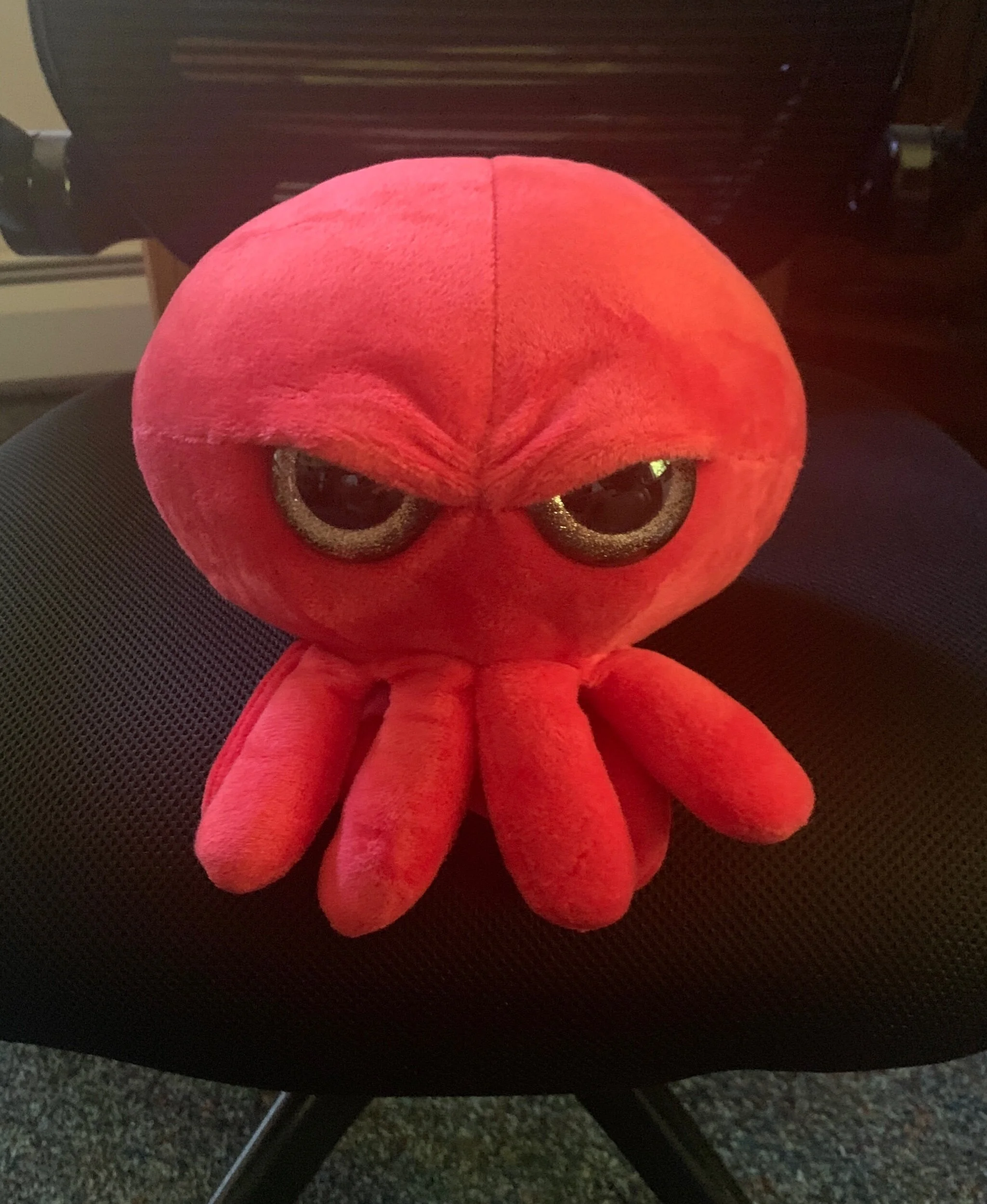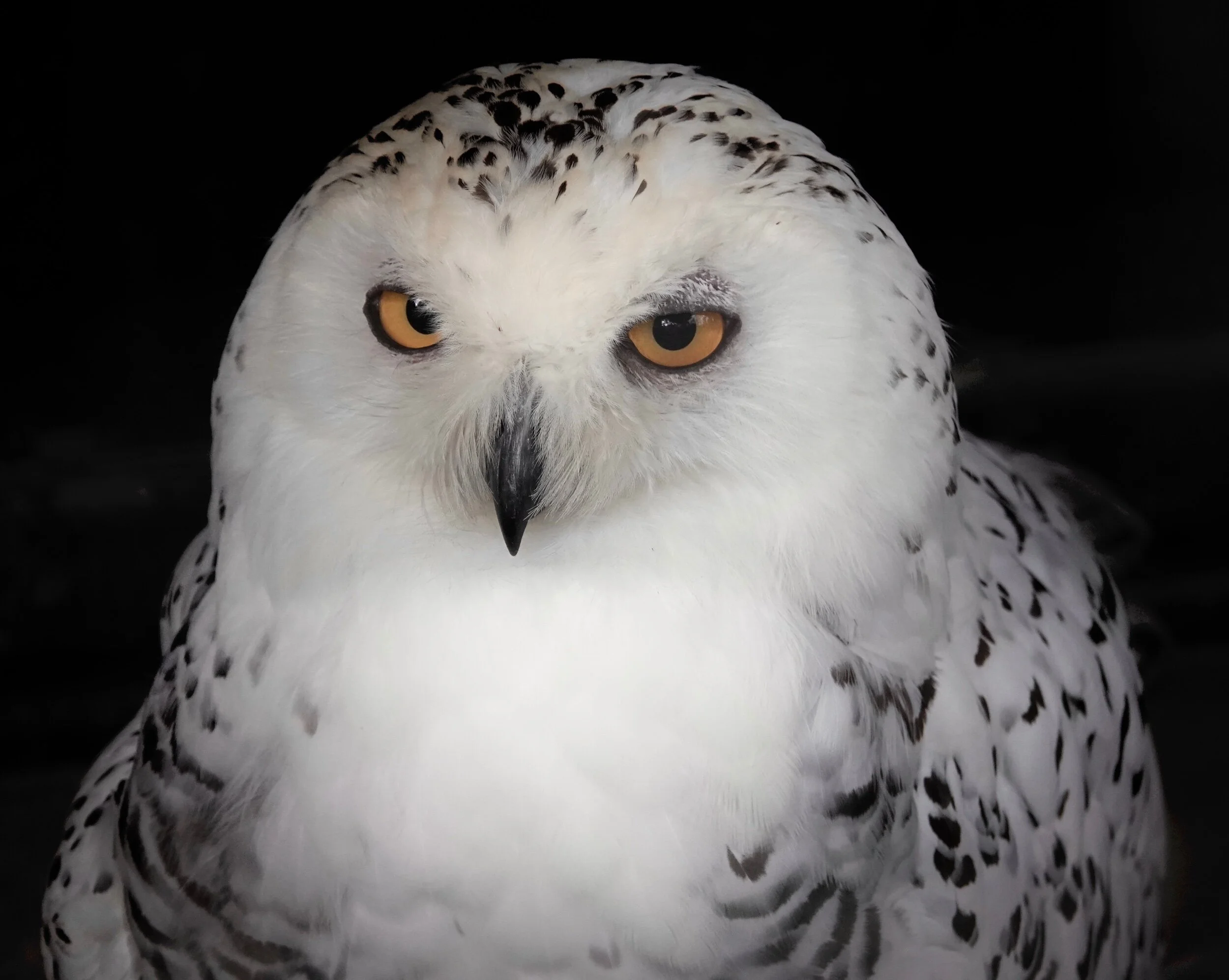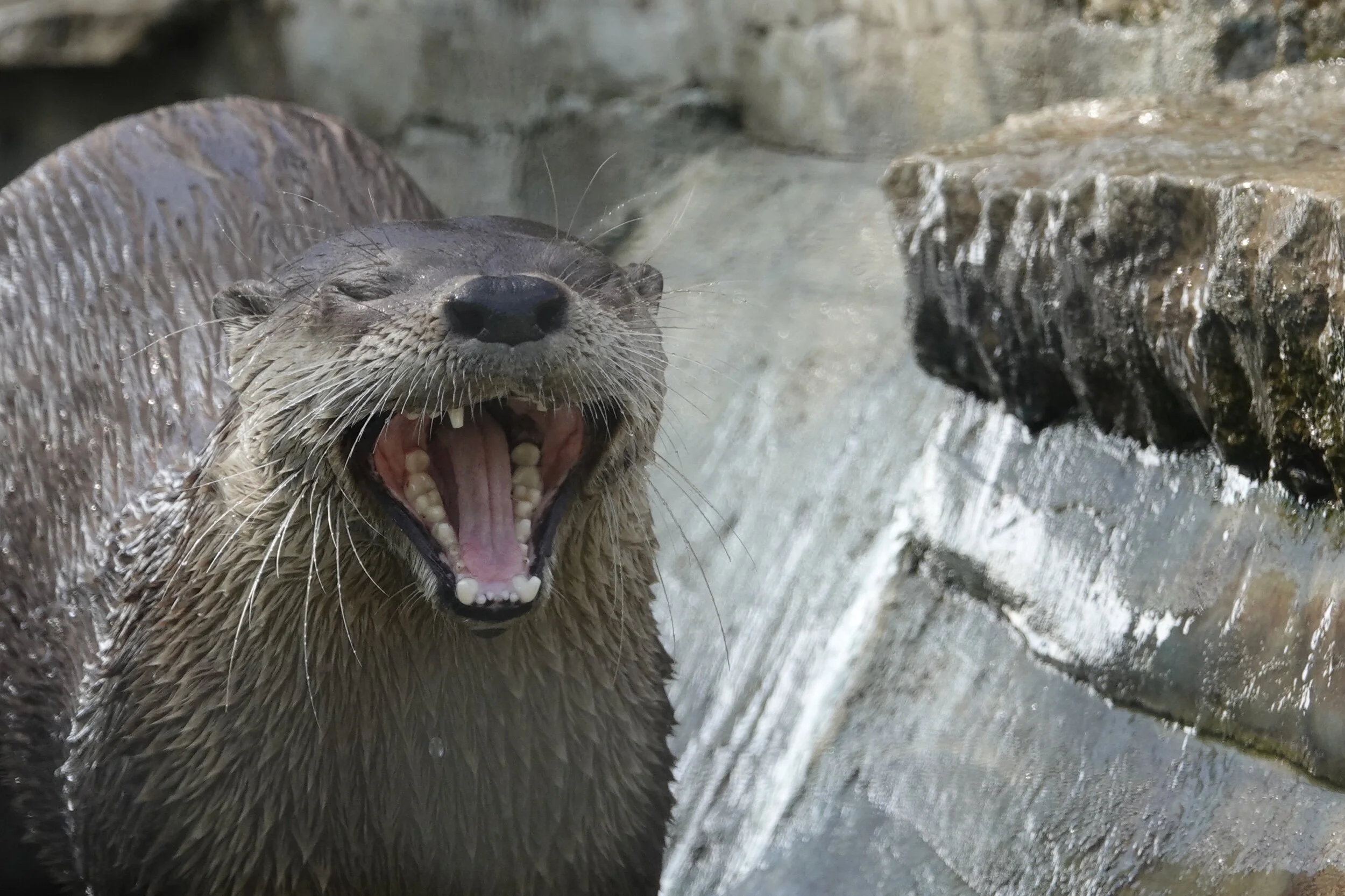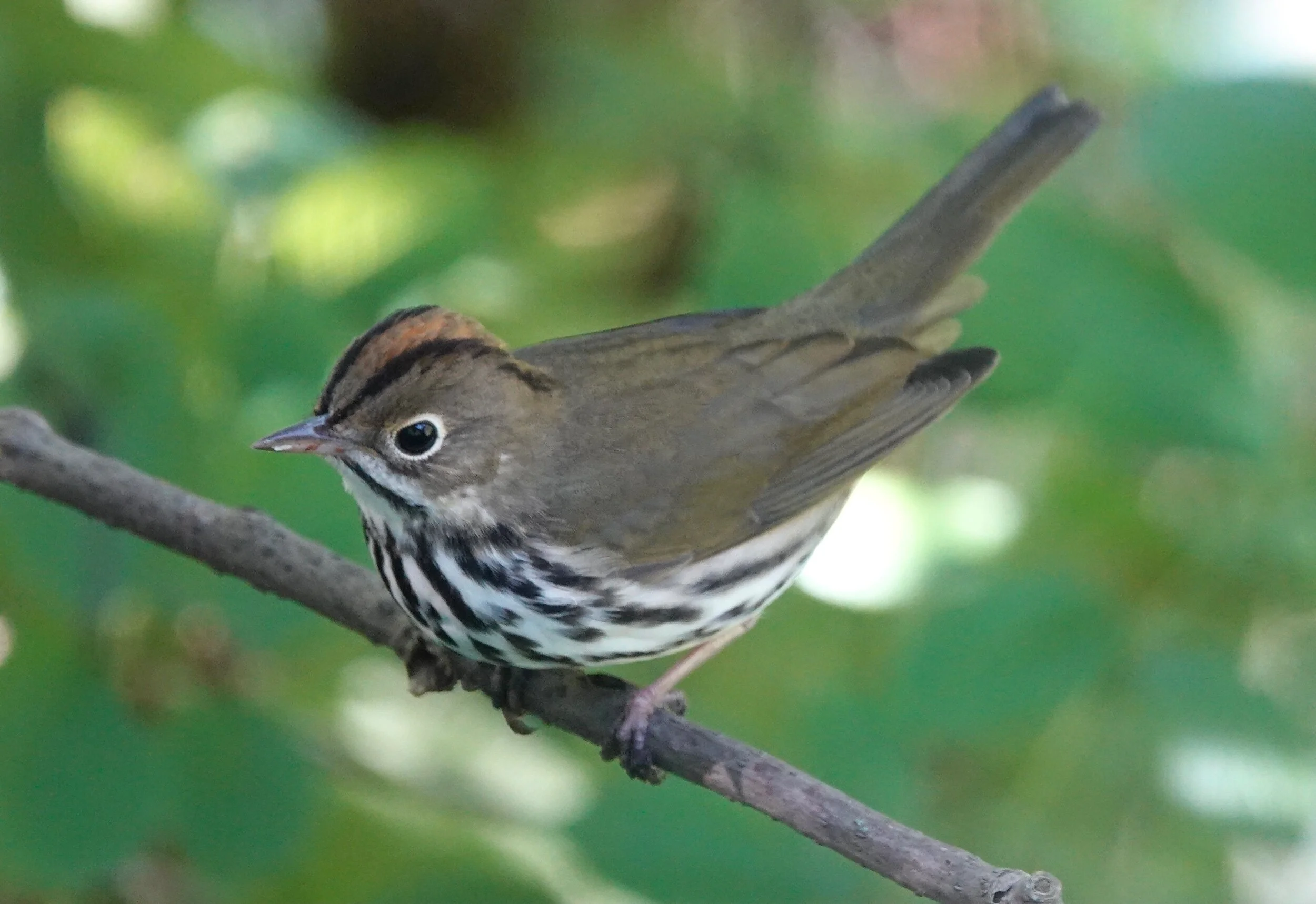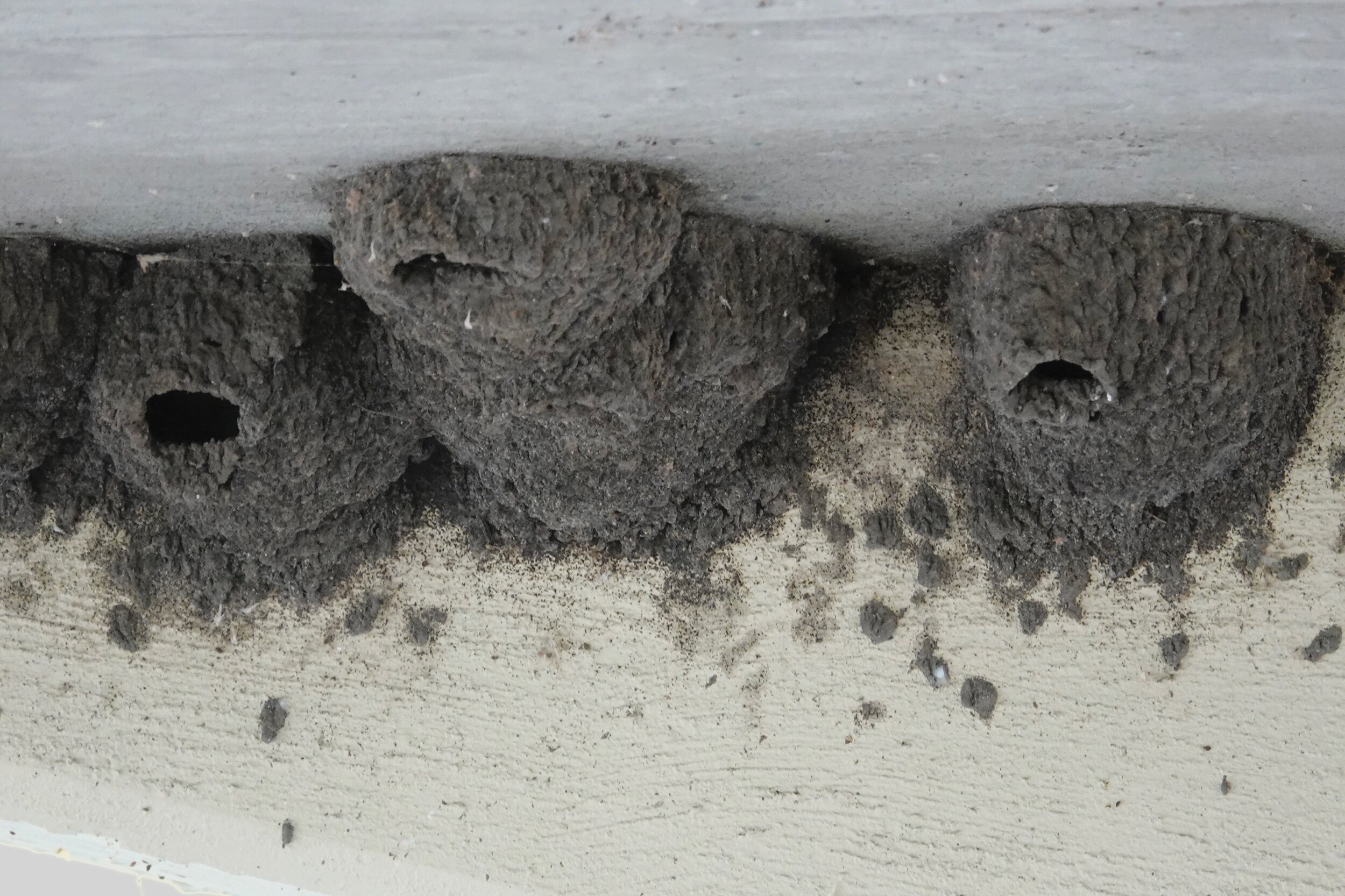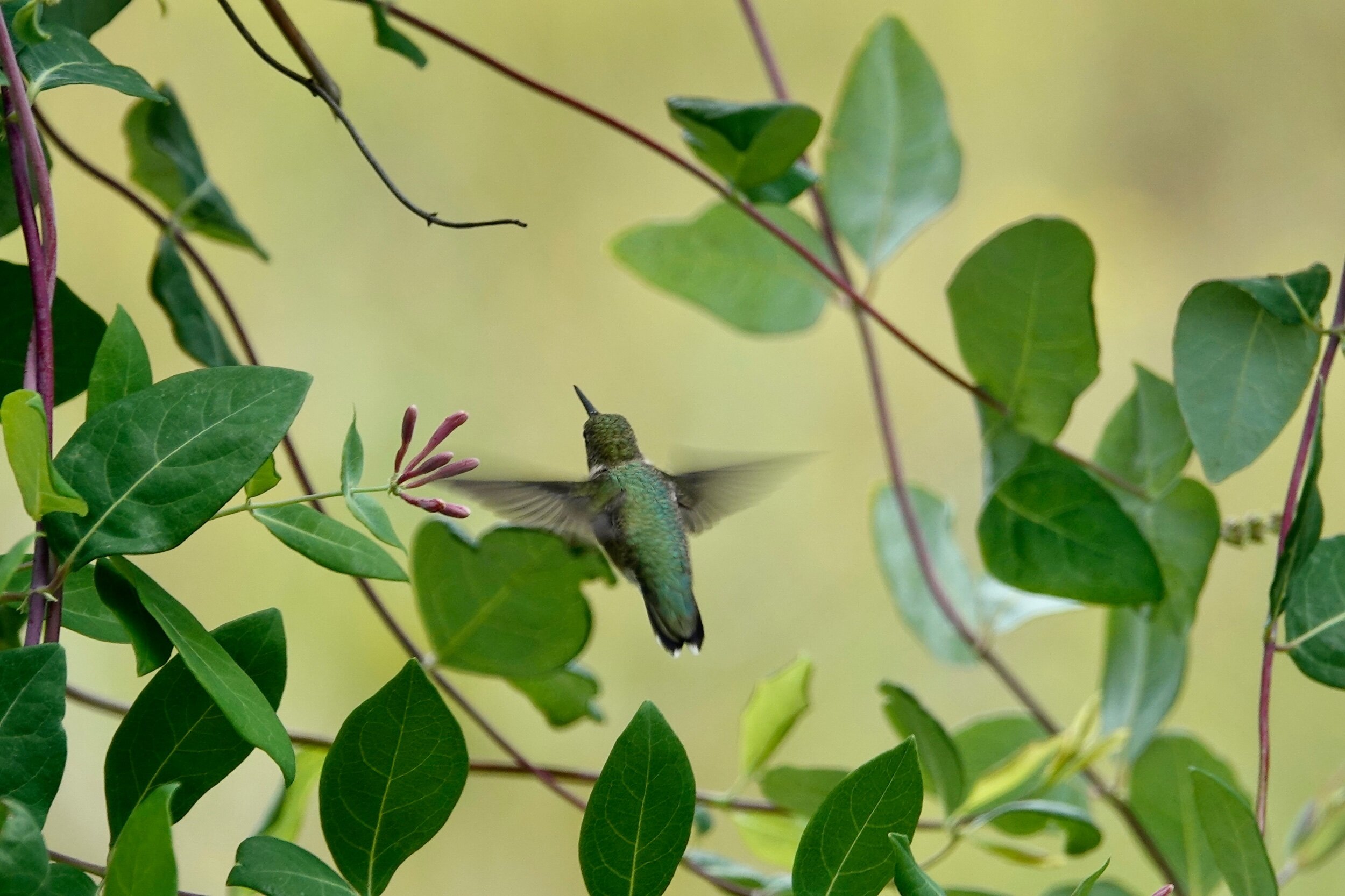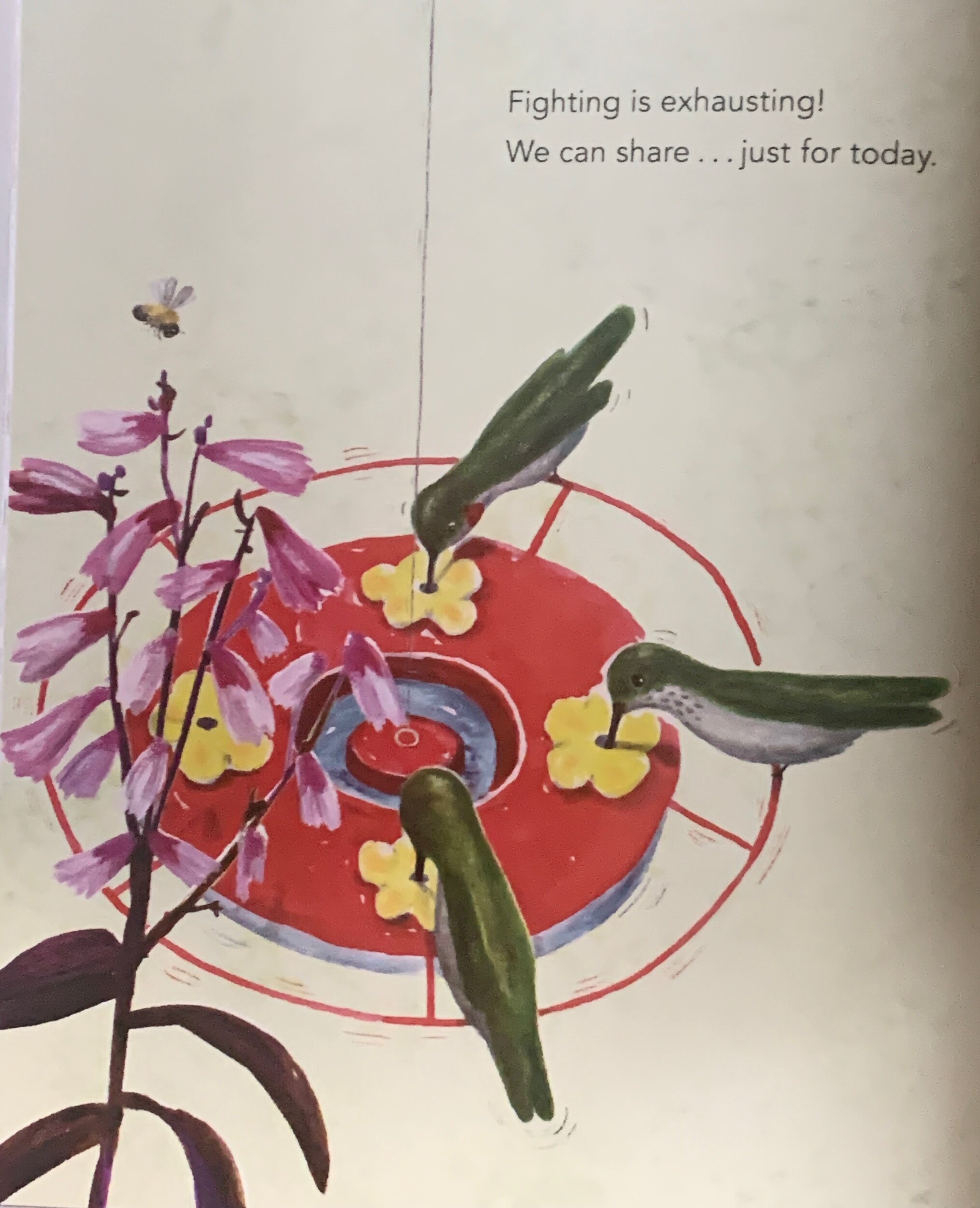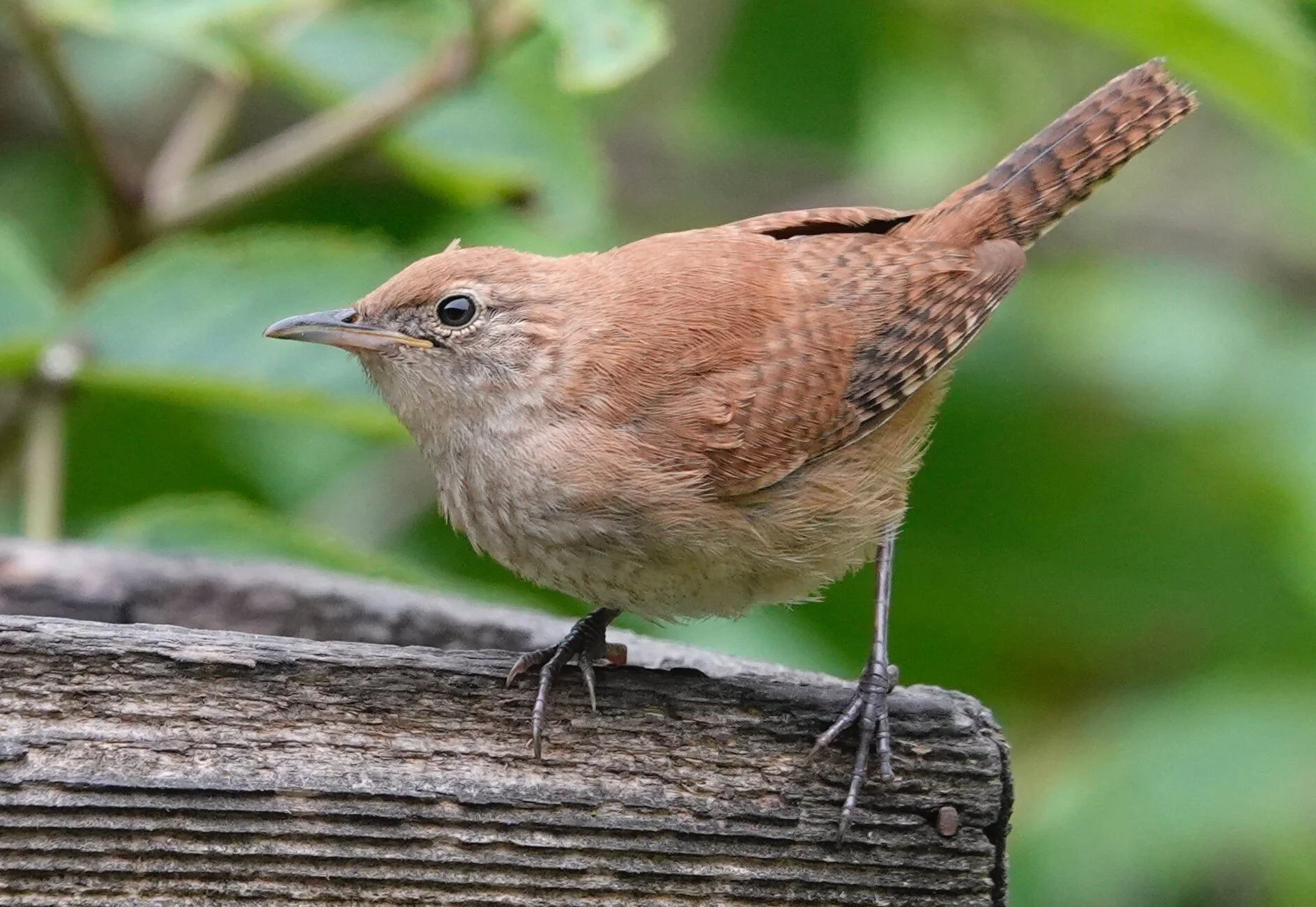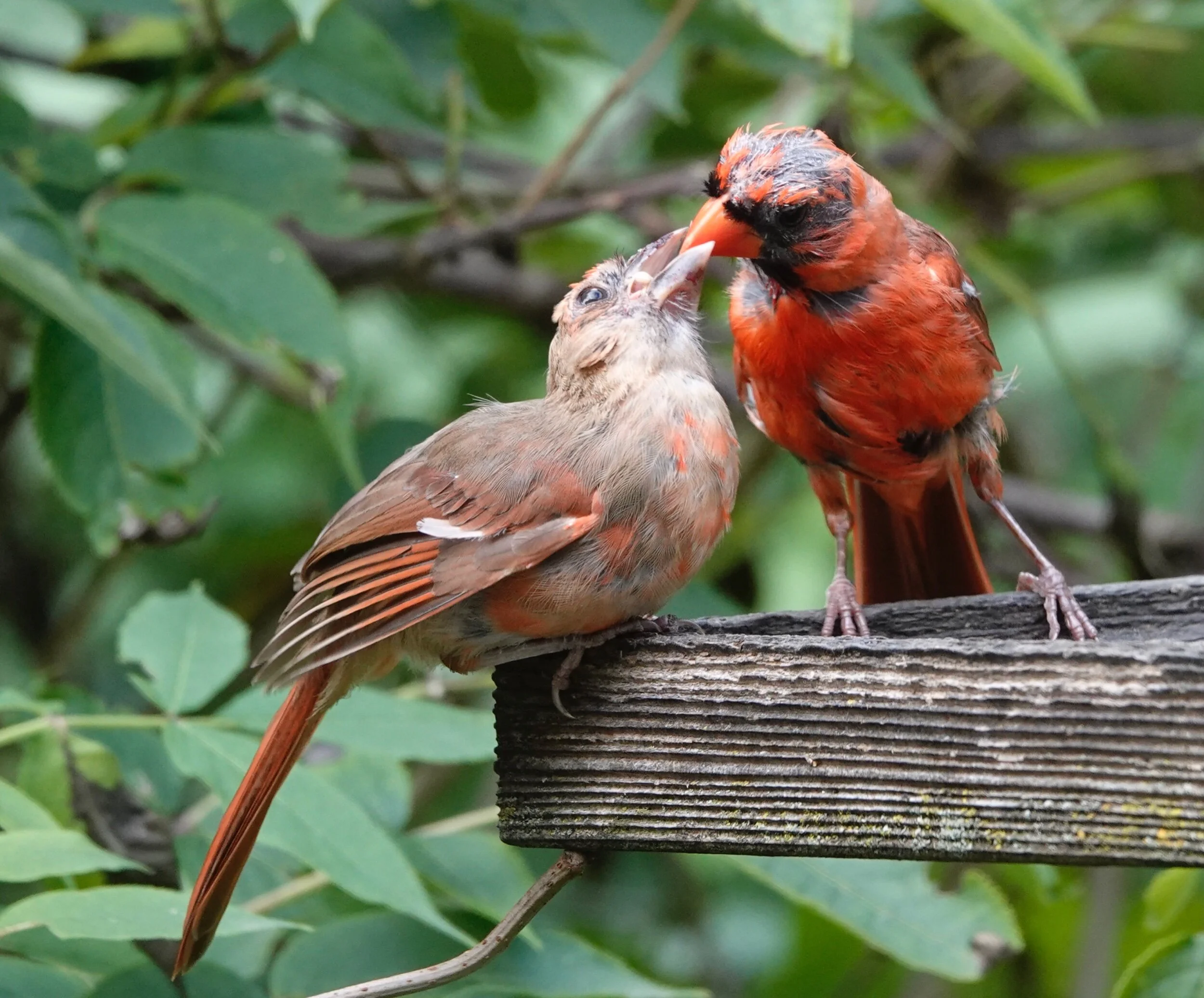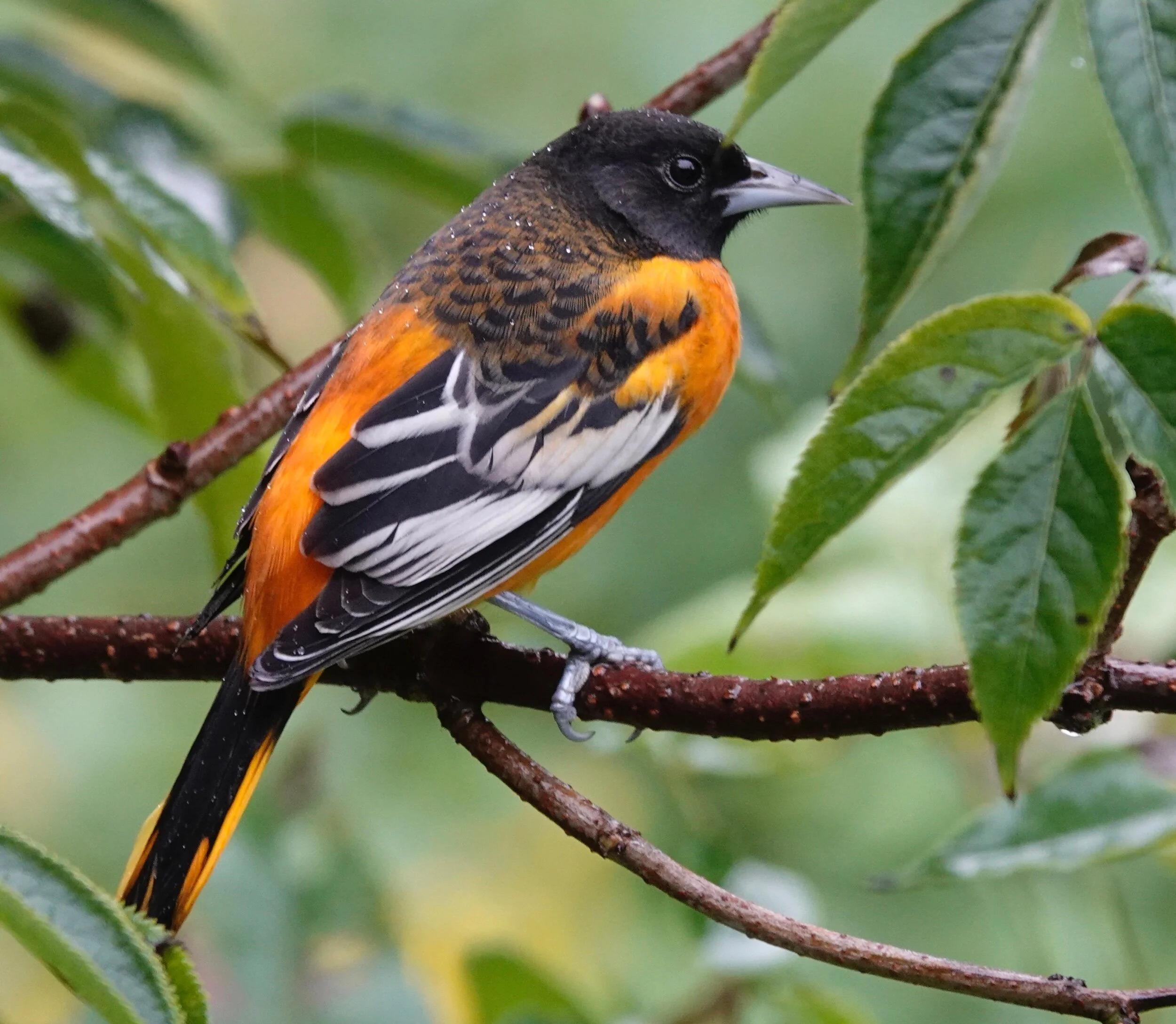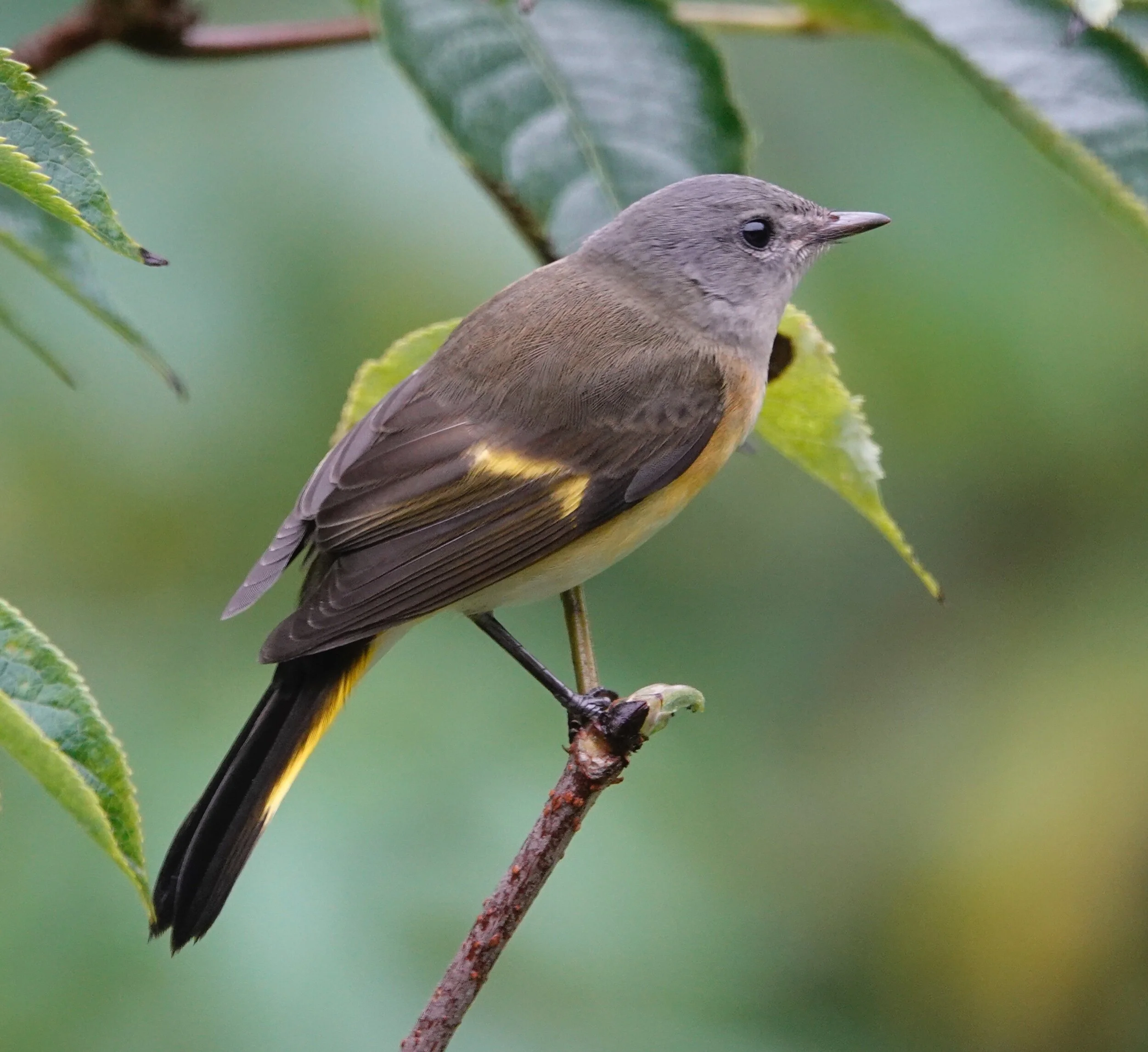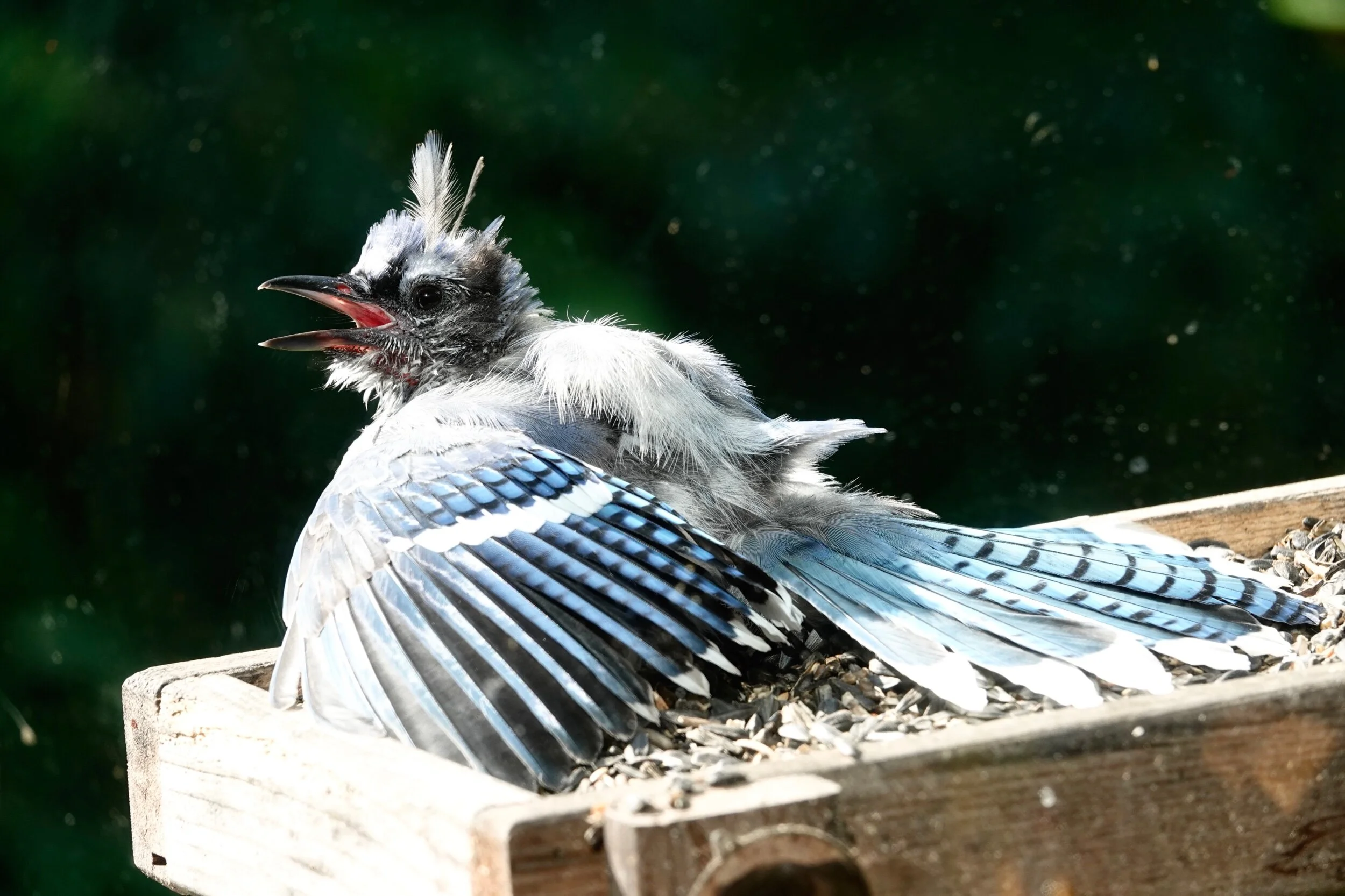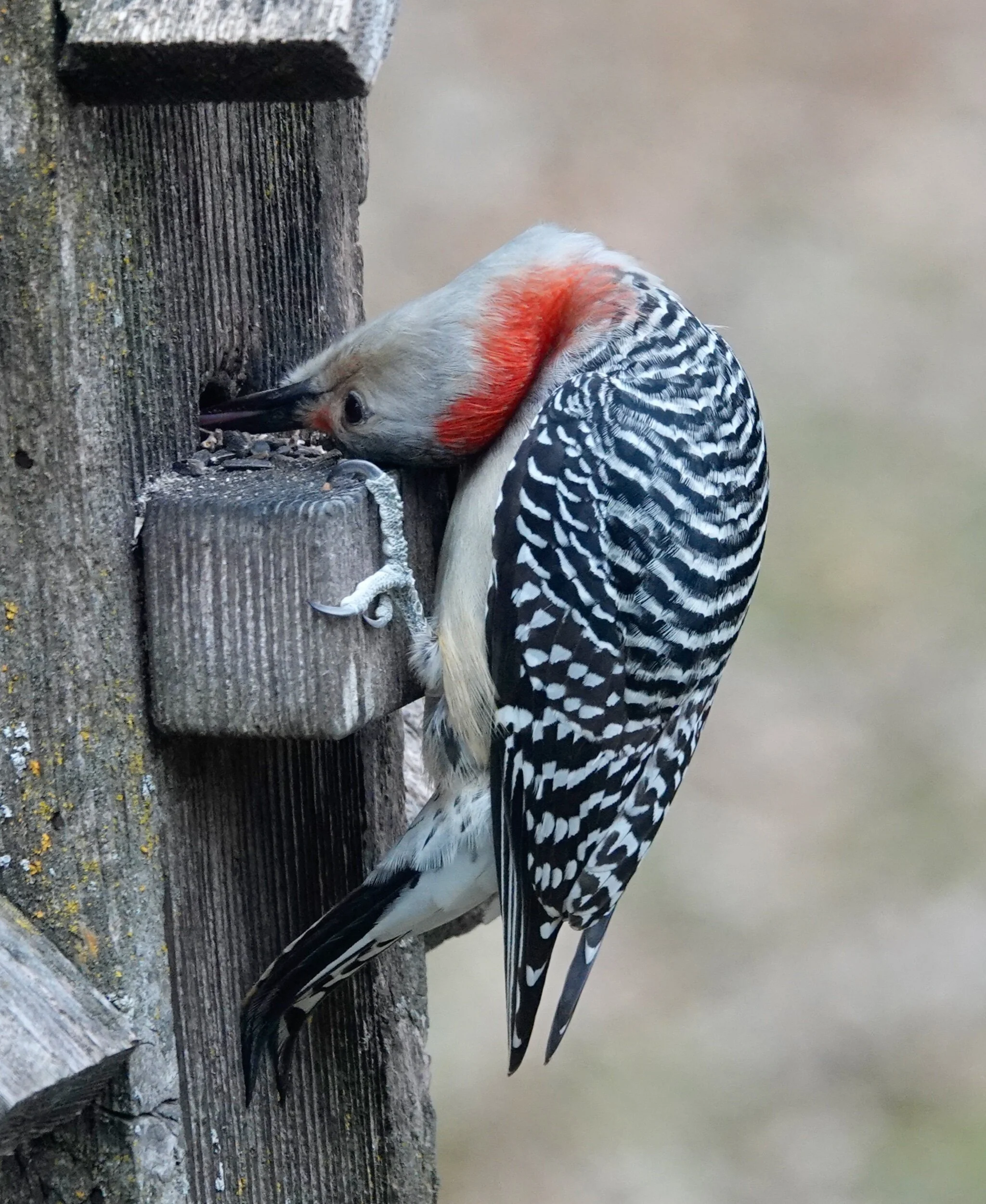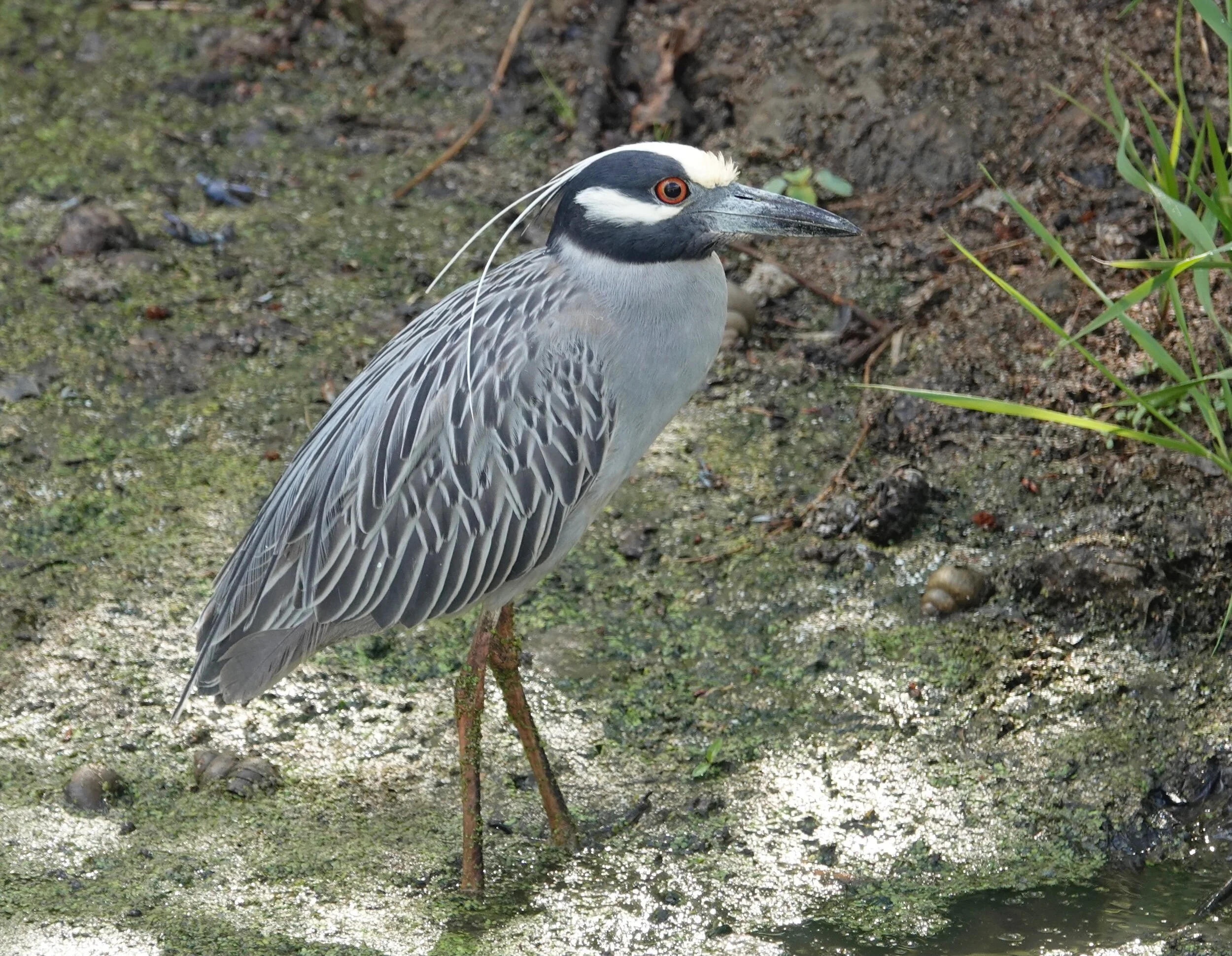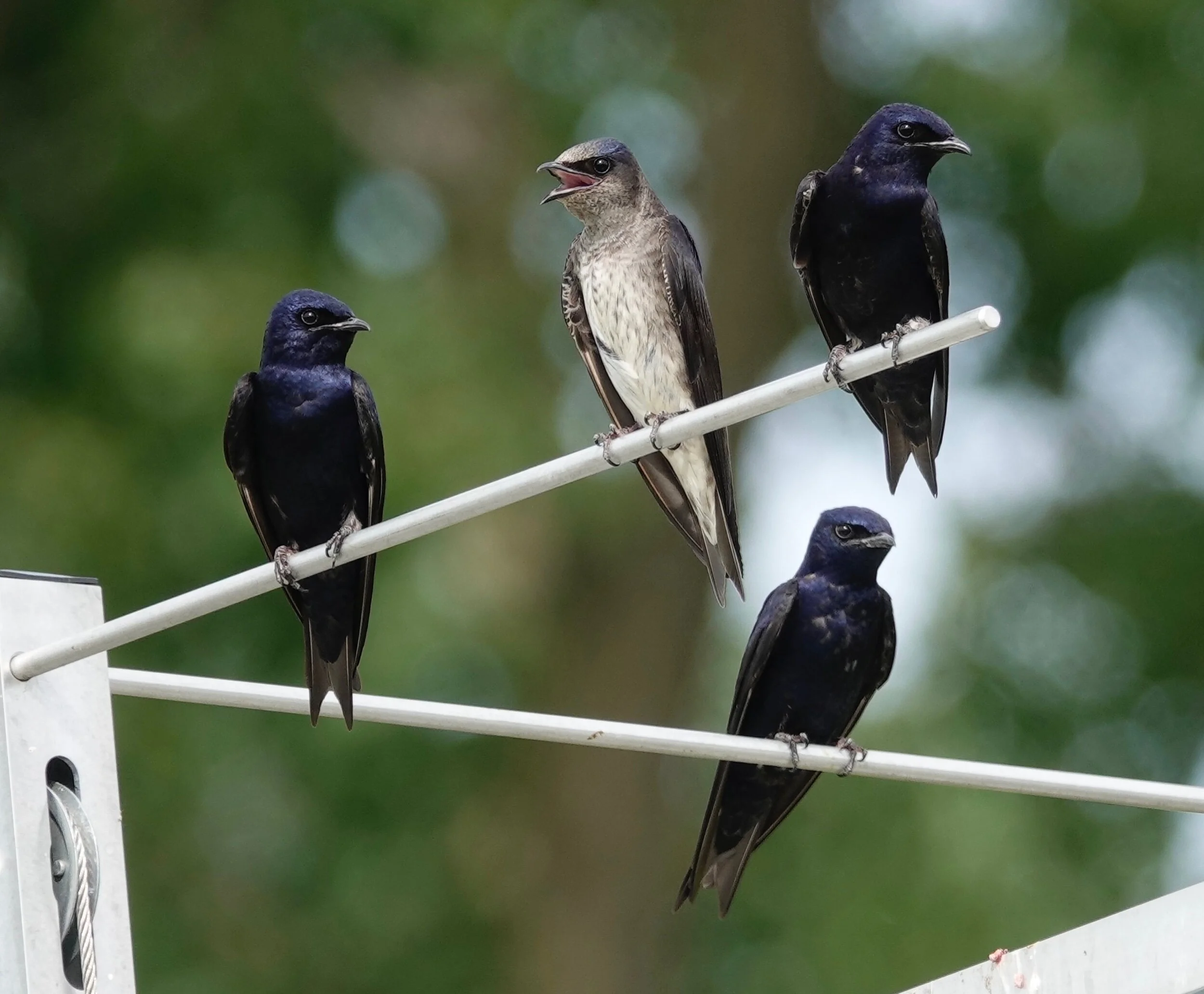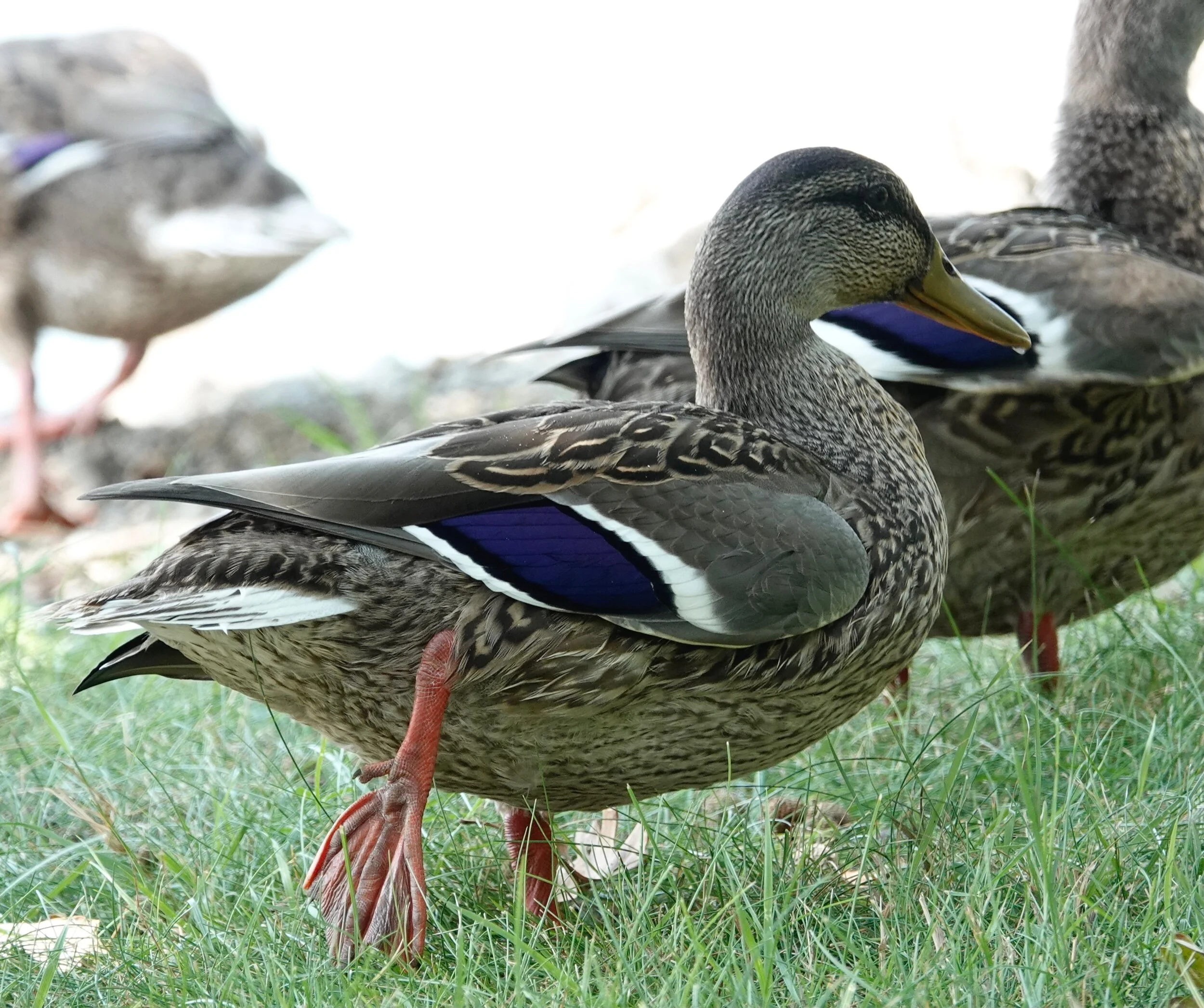Naturally
A gentleman from Gaylord told a wonderful story about his grandfather. His grandfather wore a coat much of the year. I understand that. My father-in-law put on an overcoat to eat ice cream in the summer. One spring, the teller of the story and his grandfather were doing hard work as the day warmed. The grandfather hung his coat on a fence post. When the job was finished, the two walked over to pick up the coat. They noticed a wren had placed a pile of sticks in one of the coat’s pockets. That meant the pocket had become a potential nest. The narrator reached to grab the coat for his elder. His grandfather said, “Leave it there. I can always find another coat.”
The moths were reminders there are more insects than those who bite me. I walked under the light of a full moon and frightened a rabbit that had been making a meal of white (Dutch) clover. It caused me to think of Hank Williams. Dad enjoyed listening to all the Hanks—Thompson, Snow and Locklin, but Hank Williams was my father’s favorite singer. Father and I spent much time together in the dairy barn, where the old Philco radio (19 knobs and dials, only two of which made any difference—on/off/volume and station select) was tuned to either baseball or country music. Hank Williams sang, “I rode my horse to town today and a gas pump we did pass. I pulled him up and I hollered whoa, said fill him up with gas. The man picked up a monkey wrench and wham, he changed my tune. You got me chasing rabbits, spitting out teeth and howling at the moon.” I howled meekly at the moon as the rabbit pretended to listen.
I wanted to ask the rabbit if it had ever seen an American dipper, but of course, it hadn’t. The dipper is one of my favorites. Whenever I go to places where they might be, I look diligently for them. This chunky bird is North America's aquatic songbird. It catches its food underwater in flowing streams by swimming and walking on the stream bottom. John Muir wrote, "His music is that of the streams refined and spiritualized. The deep booming notes of the falls are in it, the trills of rapids, the gurgling of margin eddies, the low whispering of level reaches, and the sweet tinkle of separate drops oozing from the end of mosses and falling into tranquil pools." Has one ever been seen in Minnesota? Yes. According to the Minnesota Ornithologists’ Union, one was spotted in Cook County in 1970, 1971 and 1973, and in Lake County in 1970. Once called the water ouzel, the bird favors fast-flowing, rocky streams with clear, cold water. American dippers are year-round residents of the western United States, Canada, Alaska, Mexico and Central America.
Q&A
Mark and Joan Anderson of Albert Lea saw a downy woodpecker on mullein. They wondered what it was eating. Common mullein is native to Europe, northern Africa and Asia, and was introduced to North America as a medicinal herb. In the 1700s, it was used in Virginia as a piscicide (fish poison). It spread rapidly and reached the Midwest by 1839 where it’s found in neglected meadows, pasture lands, along fence rows, roadsides, vacant lots, wood edges, forest openings and industrial areas. In its second year, the biennial plants produce flower stalks 5-10 feet tall with small yellow flowers grouped on the leafy spike and maturing from the bottom to the top. The flowers attract a wide variety of insects and each plant produces 100,000‑240,000 seeds. The downy woodpecker eats mainly insects at this time of the year and has learned to harvest insect larvae and pupae. In the fall, goldfinches, indigo buntings and downy woodpeckers eat the seeds.
“When do purple martins leave Minnesota?” They’re gone by early October. The best time to see purple martins at nest sites is May through late July. Roost sites are used from late July through early September. After the young are fledged, martins move to where they can gather at traditional pre-migratory roosts at night. They’re highly social during the non-breeding season and the roosts might contain thousands of birds. Purple martins winter in South America.
Thanks for stopping by
“When you rise in the morning, give thanks for the light, for your life, for your strength. Give thanks for your food and for the joy of living. If you see no reason to give thanks, the fault lies in yourself.”—Tecumseh
“I saw a star slide down the sky, blinding the north as it went by. Too burning and too quick to hold, too lovely to be bought or sold. Good only to make wishes on and then forever to be gone.”—Sara Teasdale
Do good.
©Al Batt 2021






































